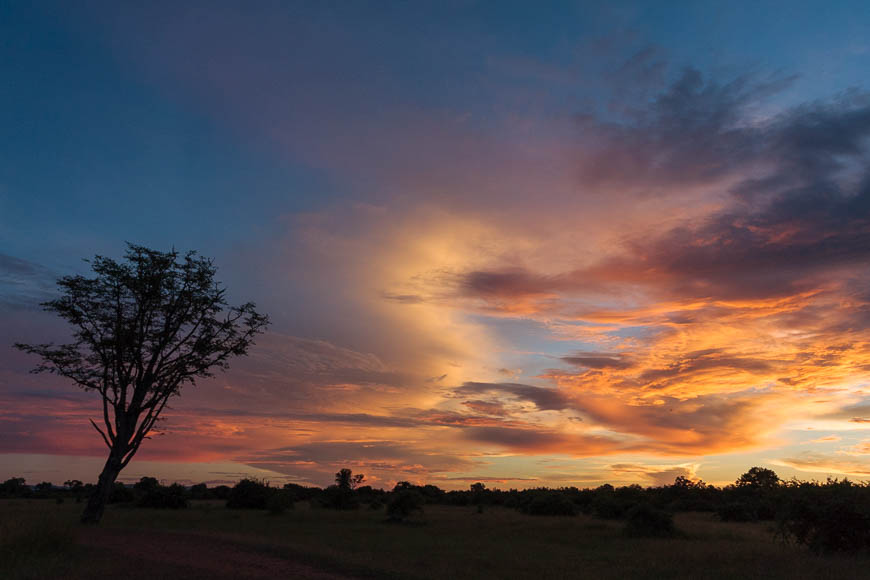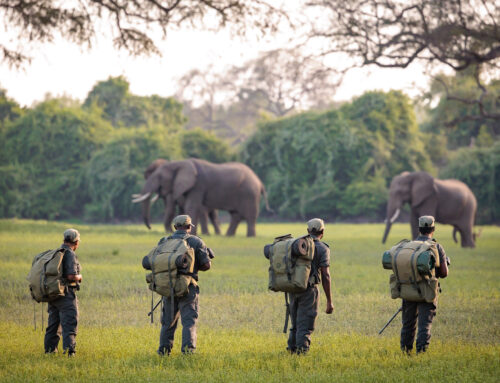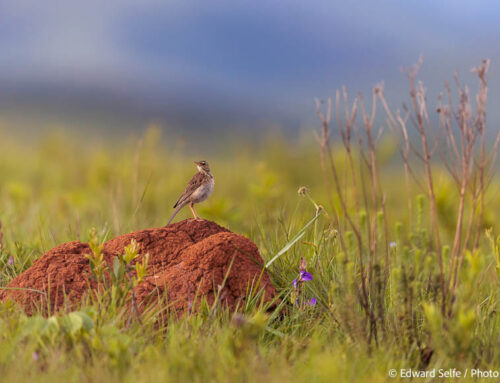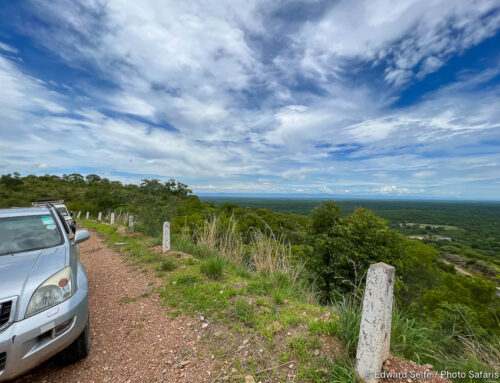March is a month of uncertainties. Is the rainy season coming to an end? Will the river flood its banks? Will the National Park’s roads survive, or will they succumb entirely to the mud and water? Does that clear blue sky mean that a period of dry is coming?
The only thing that is certain in March is that I will – erroneously – say something like “ah, that feels like a cooler morning; the dry season must be on its way”. This will cue 4 days of uninterrupted rain, rivers bursting their banks and filling the lagoons to their highest point yet.
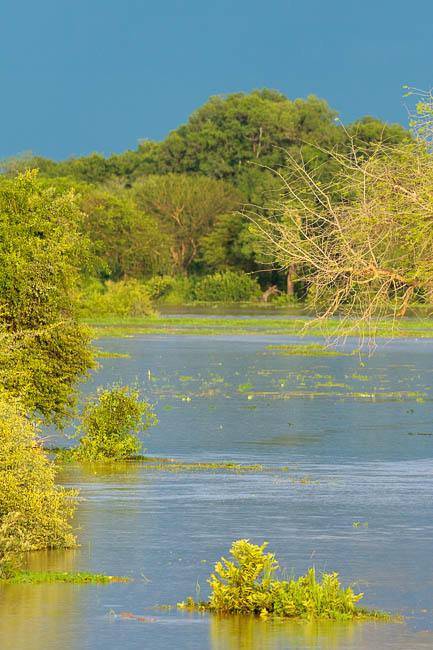
In theory, March is the last month of persistent rain in the Luangwa, and April should be considerably drier with extended spells of dry weather. Whether the rain stops or not, the park looks magic: there is long, rich grass everywhere, and while this does somewhat restict visibility, it’s amazing who pops out from among the lush growth!
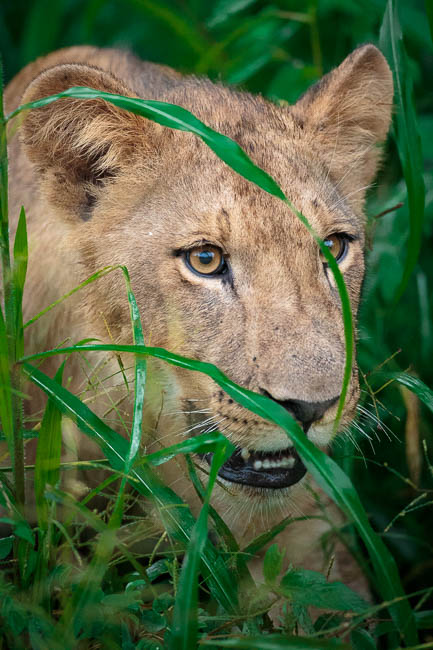
Without doubt, the birding is outstanding; after the initial madness surrounding mating, nest-siting and territories, birds settle down to the important work of rearing the youngsters. We have large numbers of seasonal visitors, such as Woodland Kingfishers and Honey Buzzards, but our resident species are also more visible; weavers are in their full regalia, and even drab Honeyguides are busy planting eggs in the nest of brood hosts!
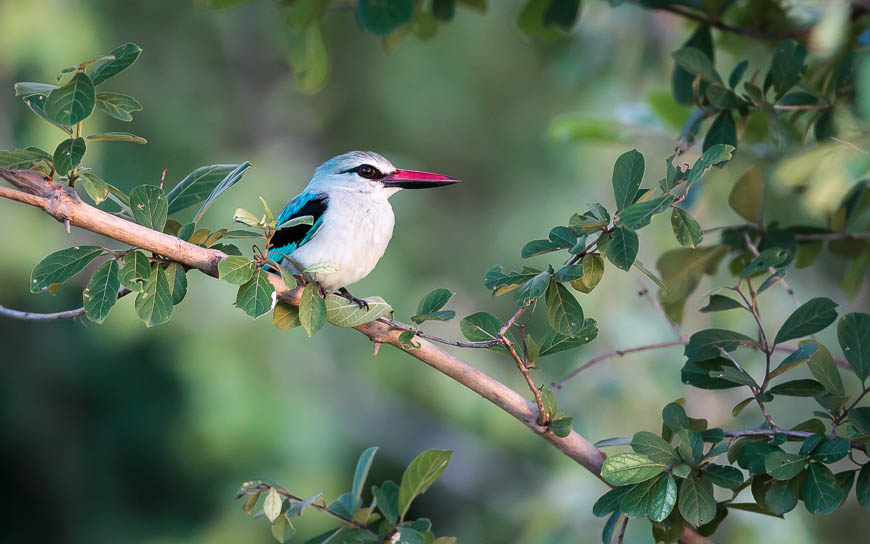
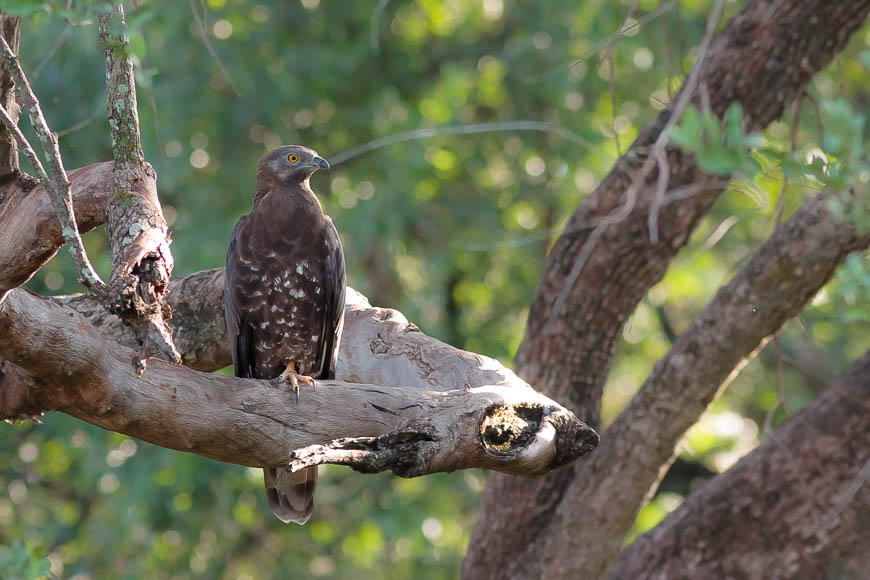
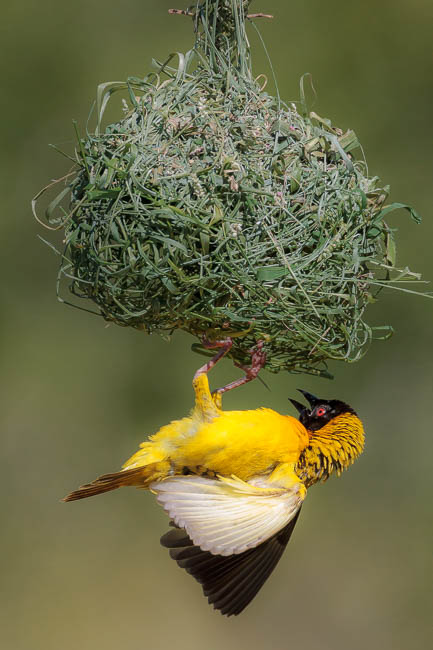
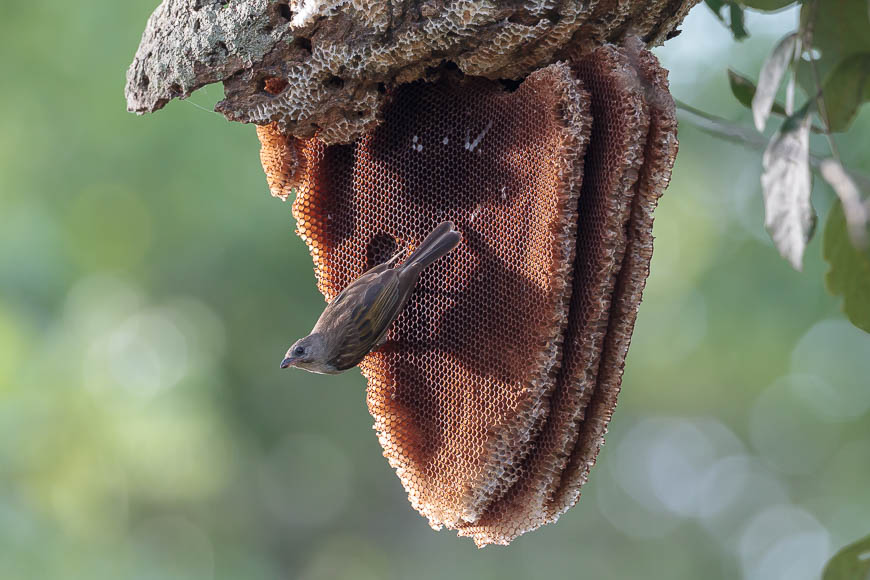
Occasionally we spot a speciality, and this half-collared kingfisher became only the 4th or 5th to be seen on the valley floor when we found and photographed it in March 2011. It was a dry year and we suspected that it travelled down a seasonal channel from its normal habitat of rocky streams on the escarpment.
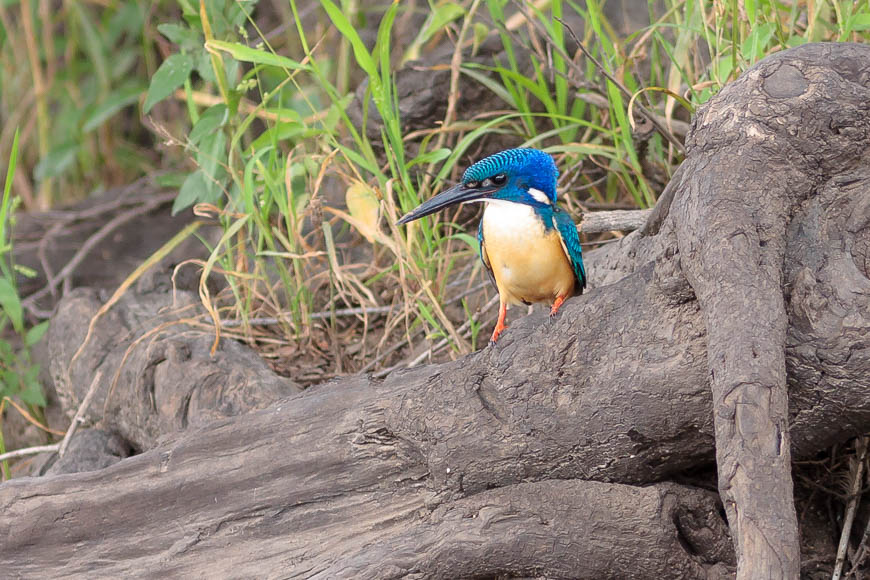
But we regularly see the big game too, with good sightings of predators and wonderful encounters with elephants as they fill their faces with rich grass. Elephants have a relaxed and gentle quality to their activities which surely comes with full stomachs and the lifting of dry-season stresses.
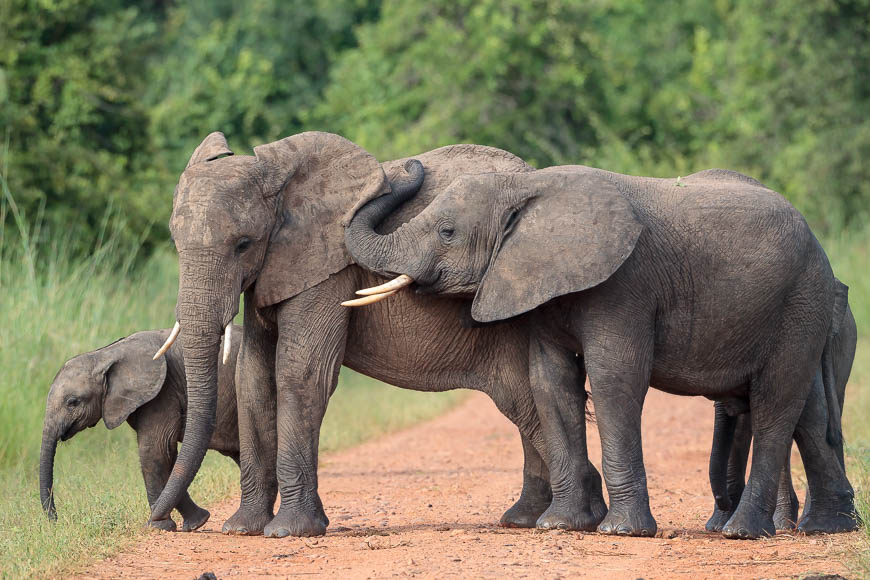
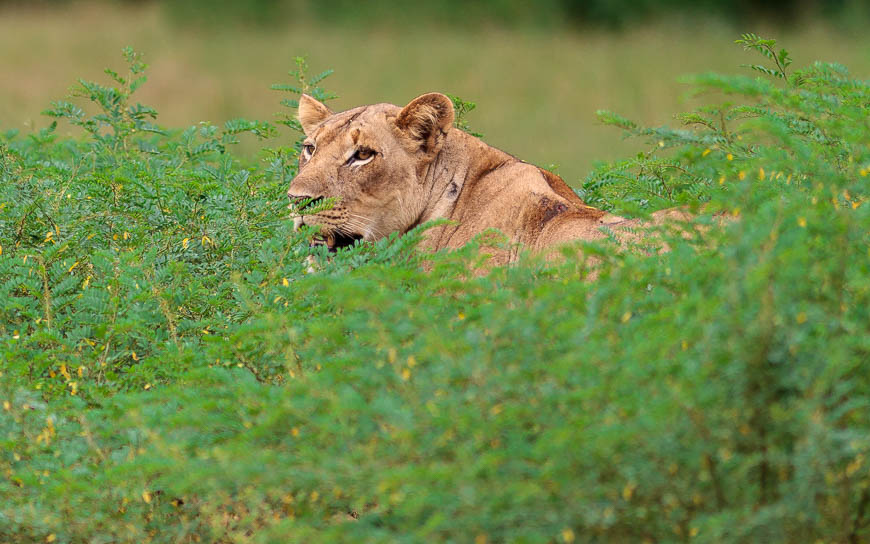
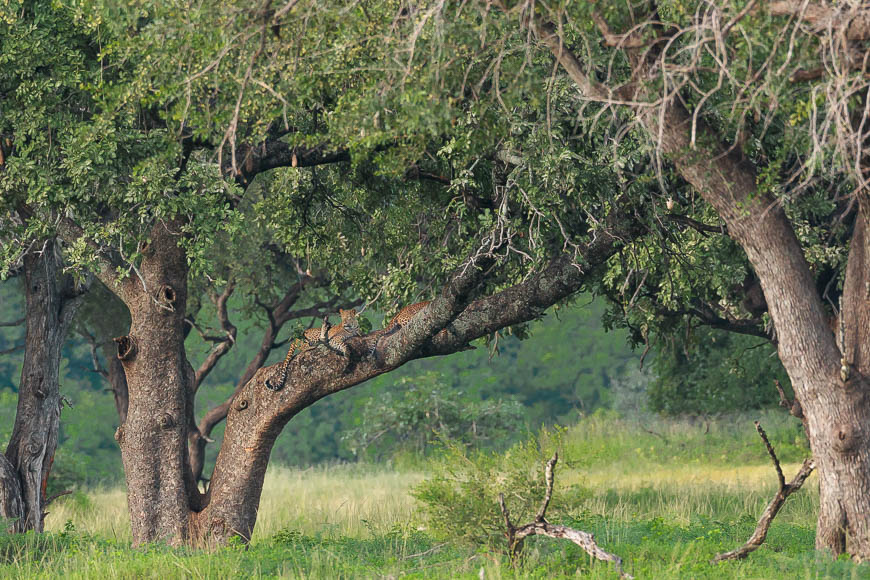
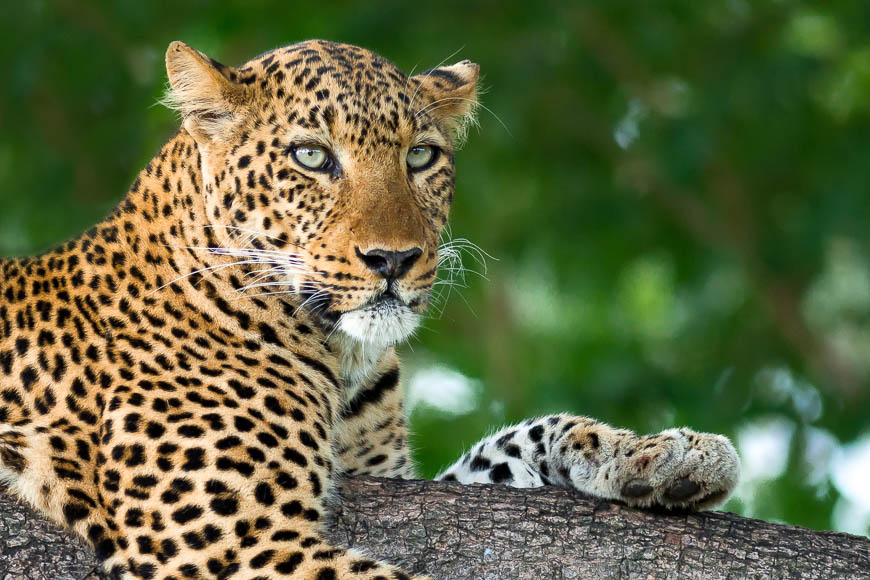
The scenery also makes for stunning backdrops to the more common game species in the park. Zebras feeding contentedly in the grass plains barely glance at us as we pass, and furtive mongooses pause for a second and scent our presence before dashing off.
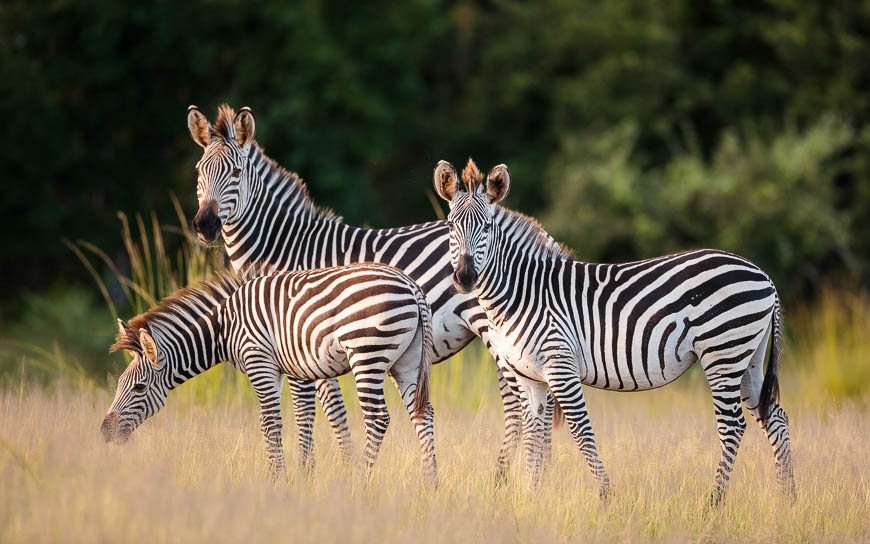

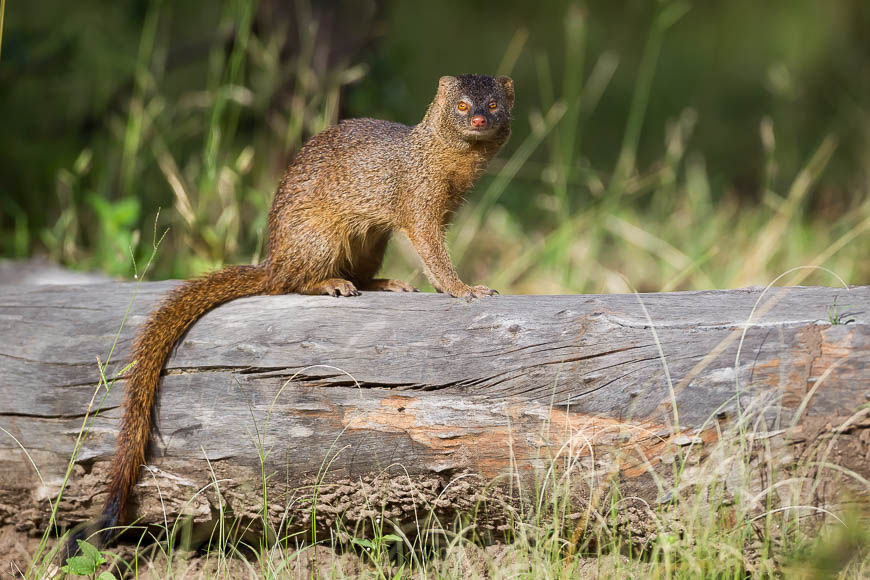
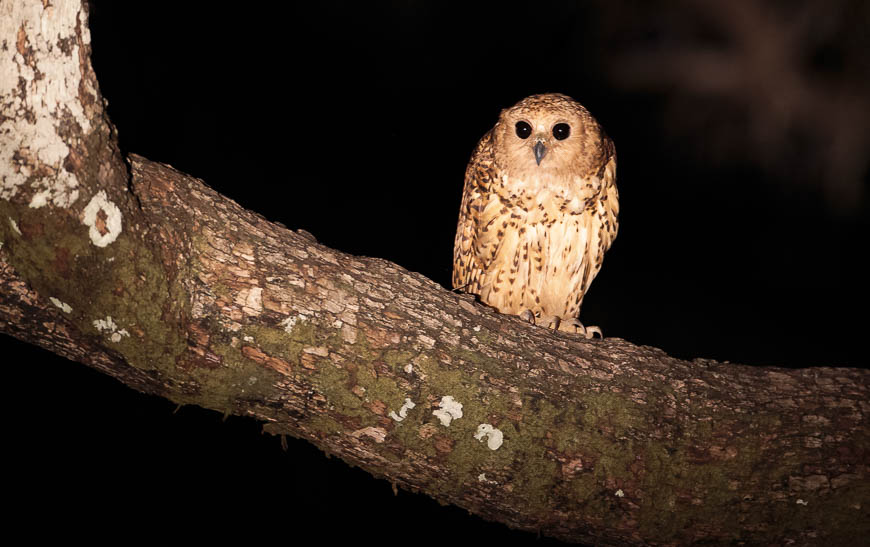
March is not traditionally a prime time in the Luangwa – people prefer to avoid the mud and rain of the late rainy-season – but it offers unusual and special sightings. In recent years, wild dogs have been seen daily during the rains, so Luangwa-experts might want to consider a visit to see the park in its summer clothing.
